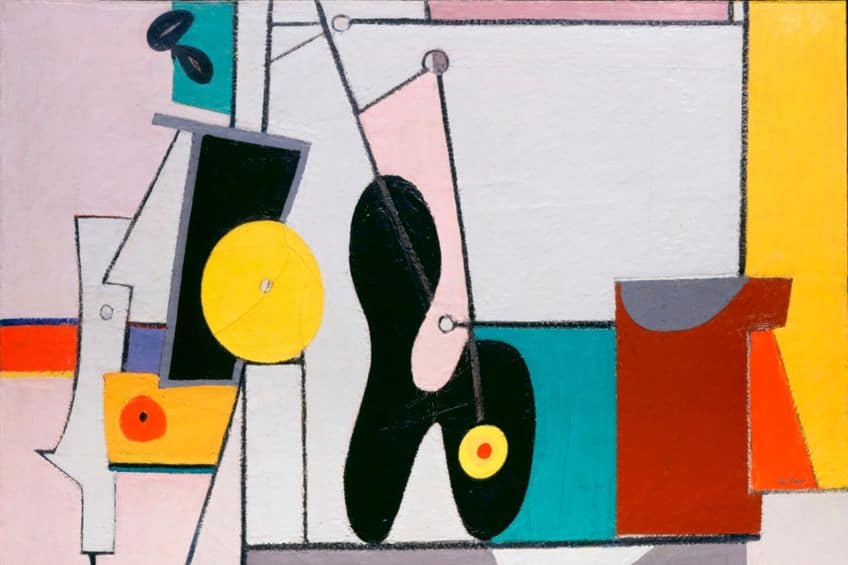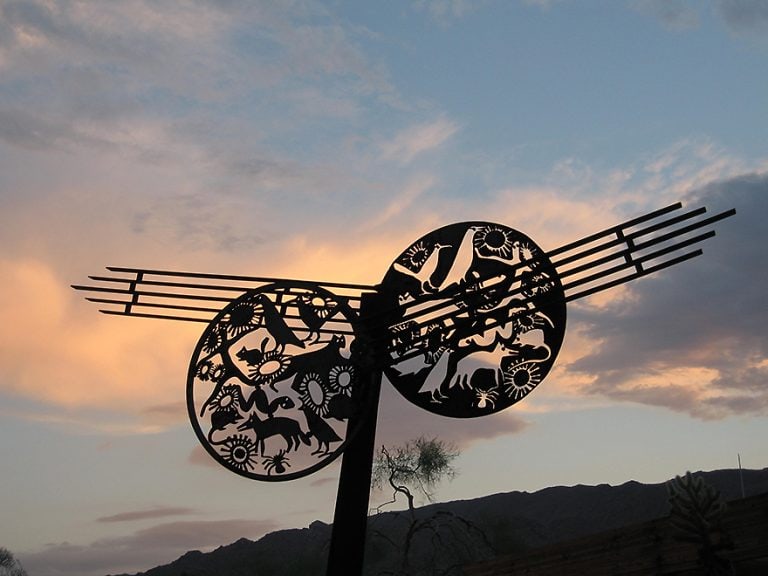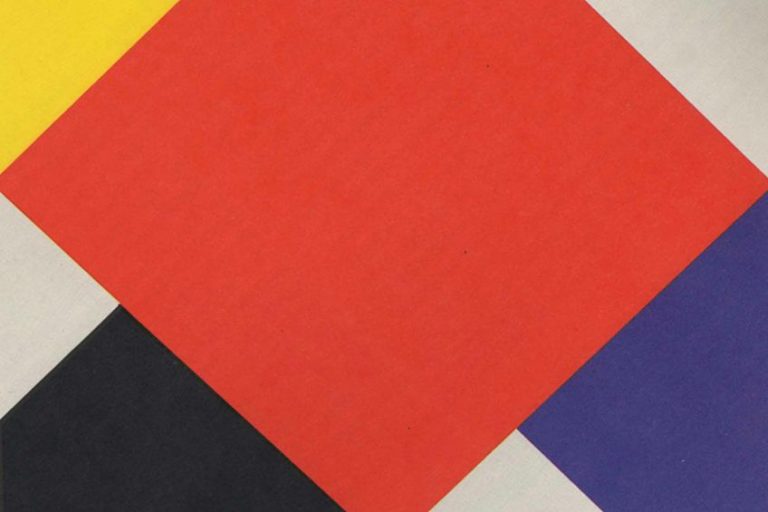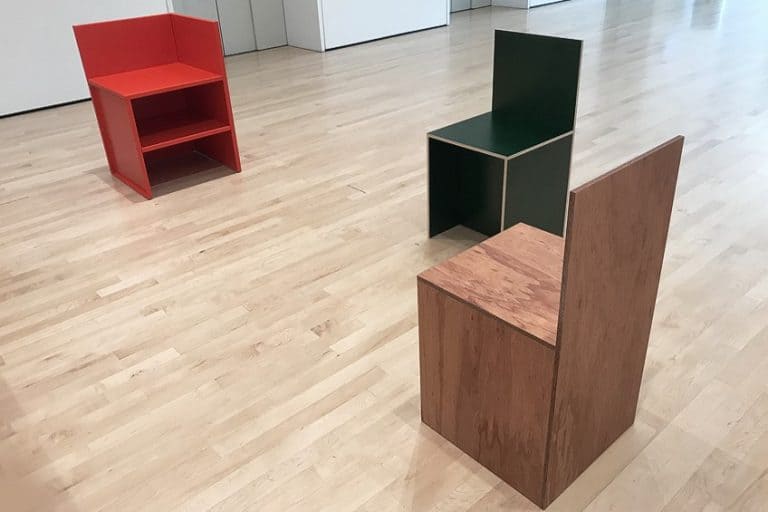1950s Art – Charting the Post-War Era Shifts
Step into the vibrant world of 1950s art, where bold brushstrokes danced on canvas and rebellion pulsed through every gallery wall. A decade teeming with innovation, the 1950s ignited a revolution in artistic expression, pushing boundaries, challenging norms, and summoning forth a kaleidoscope of creativity. From the abstract splatters of Jackson Pollock to the sleek lines of mid-century modern design, this era encapsulated a spirit of experimentation and exuberance that continues to captivate and inspire. Join us as we journey back to a time when art crackled with energy and every stroke told a story of change and possibility. Welcome to the electrifying world of 1950s art!
Key Takeaways
- The 1950s was an era of significant change and innovation in the art scene.
- Abstract Expressionism emerged as a dominant movement, signifying a shift towards abstract and non-representational art.
- Artistic developments in the 1950s responded to and reflected the social and political atmosphere of the time.
Cultural Panorama of 1950s Art
The 1950s art scene was a canvas of dramatic transformation, reflecting the post-World War II ethos. At the core of this milieu was Abstract Expressionism, a movement that commanded a significant presence, notably in the United States. It represented the avant-garde, with artists like Jackson Pollock and Mark Rothko pushing boundaries through spontaneous expressions and bold color fields. Influential movements from the 1950s included Abstract Expressionism, Color Field painting, and the precursor to Pop art.

In stark contrast to the action painting of Abstract Expressionism, Color Field painting evolved as a sub-genre with emphasis on large areas of a single hue, offering a tranquil and meditative experience. This direction could be seen as an aesthetic counterbalance to the energetic and dynamic gestural strokes typical of its predecessor.
The 1950s also subtly sowed the seeds for later developments. Early stirrings of Pop Art began to surface, hinting at the impending cultural shift where art would interlace with consumerism and mass media. This period laid the framework for artists such as Andy Warhol to later take center stage in the art world. Sociopolitical influences of the 1950s encompassed post-war consciousness, Cold War tensions, and the Civil Rights movement.
Art in the 1950s didn’t exist in a vacuum. It was inseparable from the larger societal currents: the optimism of the post-war boom, the anxiety of the Cold War, and the burgeoning civil rights movement. These elements all found their way into the art of the time, as artists grappled with new realities and channeled the zeitgeist into their work.
The decade’s artistic output was a dialogue between the personal and the political, a reflection of its era’s complexity and a precursor to the radical changes that would define the following decade.
The Rise of Abstract Expressionism
Abstract Expressionism emerged as a powerful direction in American painting, marking a fundamental shift from European influence to an American-centered art scene post-World War II.

Pioneers of the Movement
Jackson Pollock, Willem de Kooning, Franz Kline, and Mark Rothko stand out as pivotal figures in Abstract Expressionism. These artists were crucial in propelling the movement in New York during the late 1940s and early 1950s. Pollock was renowned for his drip painting technique, a style that became emblematic of the movement’s ethos.
De Kooning’s use of women as a subject matter coupled with his spontaneous brushwork reflected the complexity and dynamism of Abstract Expressionism.
Influences and Techniques
The trauma and aftermath of World War II heavily influenced Abstract Expressionism, instilling a sense of freedom and emotional intensity in the artwork. Techniques varied widely amongst the artists, but many shared a common interest in spontaneity and subconscious creation. These methods were often grouped under “action painting,” epitomized by Pollock, which emphasized the physical act of painting itself. Rothko represented another aspect of the movement, focusing on vast color fields to evoke an emotional response.

Women of Abstract Expressionism
Women, though often overlooked, played a vital role in the movement. Lee Krasner, Joan Mitchell, and Elaine de Kooning emerged as significant artists in their own right. Krasner’s contributions were not only in her own abstract canvases but also in her critical role in promoting Pollock’s work.
Mitchell’s bold and vibrant canvases were influential in expanding the movement’s reach, while Elaine de Kooning, Willem’s wife, captured the spirit of Abstract Expressionism through her portraiture.
Cultural Shifts and Artistic Responses
The aftermath of World War II brought about far-reaching cultural shifts within the 1950s that were deeply intertwined with the era’s art movements. Art became an outlet for confronting and interpreting the social, economic, and political changes of the time.

Post-War Influence and Diversity
In the United States, the post-war economy burgeoned, bringing affluence and a rise in consumer goods, establishing a material culture that shaped artistic expression. New art movements surfaced as artists sought to make sense of the war’s impact and the ensuing changes. Abstract Expressionism flourished, with artists like Jackson Pollock and Willem de Kooning abandoning traditional composition in favor of abstract, emotive works.
This movement underscored the freedom of individual expression and the diversity of thought that characterized the post-war art scene.
Internationally, wartime destruction and rebuilding efforts significantly influenced Japan and the Soviet Union, which in turn impacted global perspectives on art. Japanese art took new directions as the country reconstructed, introducing novel artistic interactions between East and West, while the Soviet Union’s art remained under state control, emphasizing socialist realism.
Art and Popular Culture
During the 1950s, the lines between high art and popular culture began to blur. Pop Art emerged, symbolizing an artistic response to the prevalent consumer culture. Pioneers like Andy Warhol, Roy Lichtenstein, and Jasper Johns challenged traditional boundaries by incorporating imagery from advertising, comics, and mundane objects into their work.

Warhol’s bold depictions of iconic consumer goods and celebrities reflected the burgeoning relationship between art and popular culture. Similarly, Lichtenstein’s use of comic strip motifs critiqued the mass production and disposable nature of modern society. This era witnessed a democratization of art, as it became more accessible and relevant to the general public, with popular culture serving both as subject matter and medium.
Significant Art Movements and Styles
In the 1950s, art movements diverged significantly, branching into abstract and figurative styles. This period saw the continuation of earlier art movements and the emergence of new styles that would deeply influence the trajectory of modern art.
From color field painting and surrealism to the emergence of pop art, this decade had much to offer the art world.
Continuation of Surrealism
Surrealism, having matured in the interwar period, persisted into the 1950s, with artists continuing to explore the subconscious and dream-like imagery. Its influence was notably evident in American art where figures like Arshile Gorky took inspiration to create abstract works that hinted at surrealist motives and subconscious narratives.

Action Painting
Action Painting, a core part of the Abstract Expressionism movement, saw American artists like Jackson Pollock engaging in a dynamic form of painting that emphasized the physical action involved in the creative process. This emphasis on spontaneous, vigorous, and bold brushwork marked a significant shift toward abstraction in American art.
Key features of Action painting included an emphasis on the physical act of painting, the utilization of non-traditional painting tools, and the creation of large, often mural-sized canvases.
Color Field Painting
Color Field Painting emerged as a variant of Abstract Expressionism, focusing on large areas of solid color to engage viewers with a purely visual experience. Mark Rothko and Barnett Newman are exemplary in this genre, using vast expanses of color to evoke an emotional response devoid of figurative representation. The distinguishing traits of Color Field painting encompassed large fields of flat, solid color, minimal brushwork or texture, and a focus on color’s emotional impact.

The Emergence of Pop Art
In the late 1950s, Pop Art began to appear notably in British art, laying the groundwork for what became a major movement in the 1960s. Its focus on everyday objects and popular media starkly contrasted the abstraction of the earlier part of the decade. Andy Warhol and Roy Lichtenstein would soon become leading figures, translating the design and aesthetics of consumer culture into the realm of fine art. Innovations in Pop Art included the incorporation of mass media and advertising imagery, the use of bold colors and graphic design techniques, as well as the utilization of irony and satire to comment on contemporary culture.
With the advent of digital technology, these movements set the stage for later developments in art, including the text-based provocations of artists like Jenny Holzer, whose work in the subsequent decades would encapsulate the blend of design, language, and fine art.
Famous 1950s Artists
The 1950s witnessed a pivotal shift in the art world, with artists exploring new methodologies and styles that diverged from traditional representations. Among these revolutionary creators, Ellsworth Kelly made a significant impact with his bold, abstract works. His painting “Tiger” from 1953 exemplifies his approach with its multiple joined panels. Another group of prominent artists of the 1950s were the Abstract Expressionists, known for their spontaneous and emotive styles. Key figures included:
- Mark Rothko (1903 – 1970): Rothko’s luminous fields of color aimed to evoke deep emotional responses from viewers.
- Clyfford Still (1904 – 1980): Revered for his monumental and emotionally charged abstract paintings, characterized by sweeping fields of color and jagged forms.
- Willem de Kooning (1904 – 1997): Famed for his abstract portrayal of the figure, de Kooning’s vigorous brushwork conveyed intense emotional content.
- Barnett Newman (1905 – 1970): Famous for his large, color-field paintings featuring vertical bands or “zips,” Newman’s work explored themes of existentialism and the sublime, influencing the development of Minimalism.
- Franz Kline (1910 – 1962): Noted for his bold, black-and-white abstract paintings characterized by powerful brushstrokes and strong contrasts, contributing to the development of Abstract Expressionism.
- Jackson Pollock (1912 – 1956): Renowned for his drip painting technique, Pollock’s dynamic and rhythmic compositions became synonymous with Abstract Expressionism.
- Joan Mitchell (1925 – 1992): Known for her dynamic and emotionally charged abstract paintings, Mitchell’s works often reflected the energy and vitality of the natural world.
- Robert Rauschenberg (1925 – 2008): Recognized for his groundbreaking “combine” paintings, which merged elements of painting and sculpture, as well as for his pioneering contributions to Pop Art.
- Helen Frankenthaler (1928 – 2011): Remembered for her innovative “soak-stain” technique, where she poured diluted paint onto raw canvas, creating ethereal and luminous compositions.
- Jasper Johns (1930 – Present): Noted for his iconic representations of everyday objects, such as flags and targets, which challenged traditional notions of representation and symbolism.

The 1950s also introduced a melting pot of musical artists who influenced the culture. Names like Elvis Presley and Ray Charles reshaped the soundscape of the decade and beyond. However, their influence on the visual arts, while culturally significant, is a separate subject of interest. This period heralded a new chapter in art history, with these artists and others forging paths that would inform and inspire generations of creators that followed.
Legacy of 1950s Art
The art of the 1950s is pivotal in the history of modern art, marking a transition from traditional techniques to innovative expressions. This era’s artwork is often remembered for its bold experimentation and the genesis of significant art movements that shaped the contemporary art landscape.
One enduring influence from the 1950s is Abstract Expressionism, characterized by spontaneous, automatic, or subconscious creations. Jackson Pollock’s drip paintings are perhaps the most iconic of this movement. Abstract Expressionism paved the way for numerous modern art approaches, emphasizing the artist’s freedom to convey emotions and ideas beyond representational accuracy.
Additionally, the 1950s heralded the introduction of Pop Art. Artists like Andy Warhol and Roy Lichtenstein started to incorporate popular culture, commercial imagery, and mass production techniques into their works.

This integration created a dialogue on the role of art in consumer society, often involving a mixture of irony and celebration, influencing commercial and visual culture. A further legacy from the 1950s is the concept of Combine Paintings, introduced by Robert Rauschenberg. These works combined non-traditional materials and objects, which blurred the lines between painting, sculpture, and collage.
The Color Field painting, as demonstrated by artists like Mark Rothko, focused on the lyrical or emotional content conveyed through large areas of color, emphasizing simplicity and a meditative atmosphere. Abstract Expressionism embraced freedom in artistic expression, Pop Art seamlessly blended popular culture with fine arts, Combine Paintings innovatively mixed materials and genres, while Color Field art emphasized the emotive power of color. The intricacy of these movements reflects a broader cultural and political shift after World War II, as artists explored new ways to express the era’s complexities, setting the stage for generations of artists to come.
As we bid adieu to the captivating realm of 1950s art, we find ourselves enriched by its dynamic tapestry of innovation, defiance, and boundless imagination. Through the lens of this remarkable era, we witness not just the evolution of artistic styles, but a reflection of the cultural and societal shifts that defined an entire generation. The legacy of the 1950s lives on, its echoes reverberating through contemporary art and reminding us that the spirit of experimentation and boldness knows no bounds. As we navigate the ever-changing landscape of creativity, let us carry forward the spirit of the 1950s—a reminder that in art, as in life, the only limits are those we dare not challenge.
Frequently Asked Questions
What Were the Defining Characteristics of Art During the 1950s?
Art from the 1950s was largely influenced by the socio-political climate of the post-war era. It was characterized by a spirit of innovation, experimentation, and a break from traditional forms. Abstract Expressionism, for instance, emphasized spontaneous, automatic, or subconscious creation, and was marked by a focus on dynamic, gestural brushstrokes.
Who Are Some Prominent Artists Who Rose to Fame During the 1950s?
Several artists gained fame during this time, including Jackson Pollock, known for his drip painting; Mark Rothko, celebrated for his color field paintings; and Willem de Kooning, noted for his abstract expressionist works. These artists were instrumental in moving American art to the forefront of the international scene during this time.
What Styles and Movements in Art Were Predominant in the 1950s?
The 1950s art scene was dominated by Abstract Expressionism, largely in the United States, and it was the first American movement to achieve international influence. Additionally, Color Field Painting and Minimalism began to emerge towards the end of the decade, while Cubism and Surrealism continued to influence artists around the globe.
Isabella studied at the University of Cape Town in South Africa and graduated with a Bachelor of Arts majoring in English Literature & Language and Psychology. Throughout her undergraduate years, she took Art History as an additional subject and absolutely loved it. Building on from her art history knowledge that began in high school, art has always been a particular area of fascination for her. From learning about artworks previously unknown to her, or sharpening her existing understanding of specific works, the ability to continue learning within this interesting sphere excites her greatly.
Her focal points of interest in art history encompass profiling specific artists and art movements, as it is these areas where she is able to really dig deep into the rich narrative of the art world. Additionally, she particularly enjoys exploring the different artistic styles of the 20th century, as well as the important impact that female artists have had on the development of art history.
Learn more about Isabella Meyer and the Art in Context Team.
Cite this Article
Isabella, Meyer, “1950s Art – Charting the Post-War Era Shifts.” Art in Context. February 21, 2024. URL: https://artincontext.org/1950s-art/
Meyer, I. (2024, 21 February). 1950s Art – Charting the Post-War Era Shifts. Art in Context. https://artincontext.org/1950s-art/
Meyer, Isabella. “1950s Art – Charting the Post-War Era Shifts.” Art in Context, February 21, 2024. https://artincontext.org/1950s-art/.











